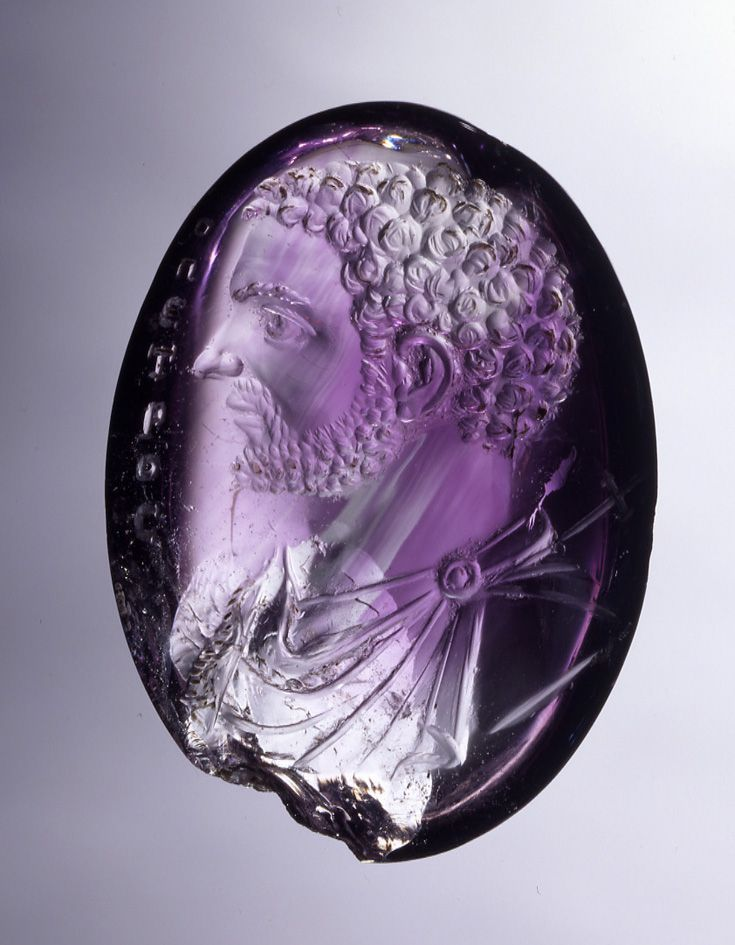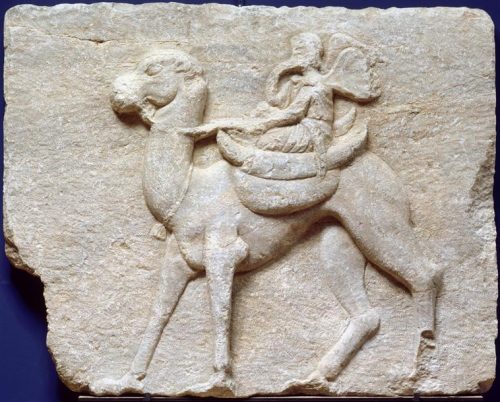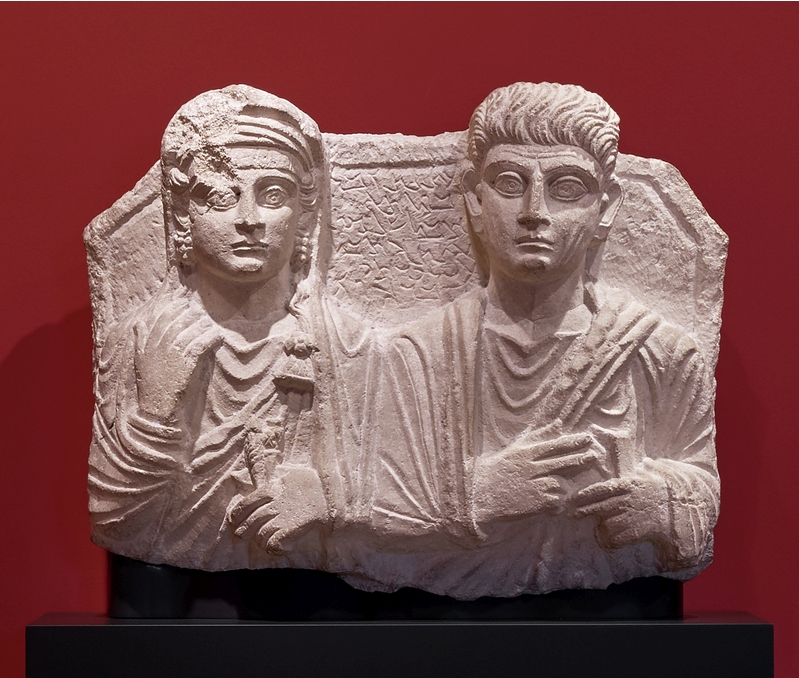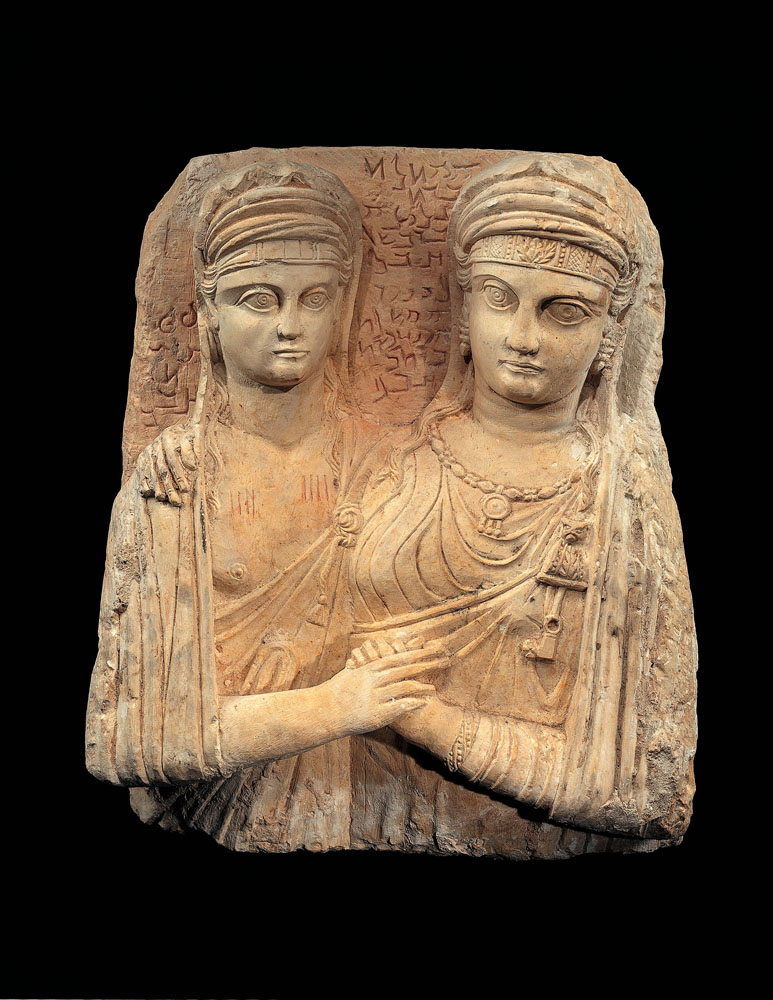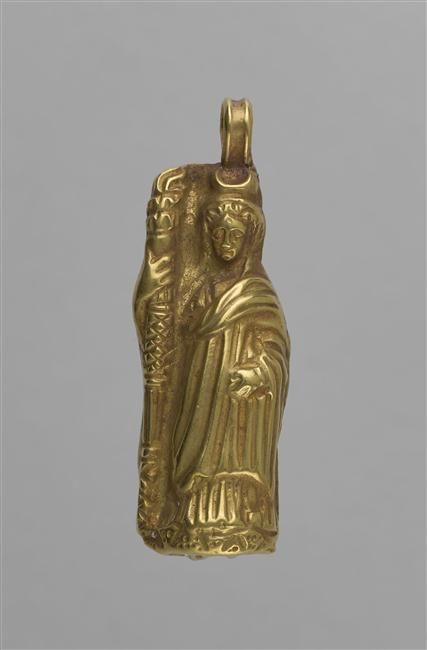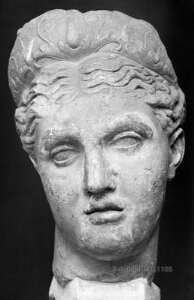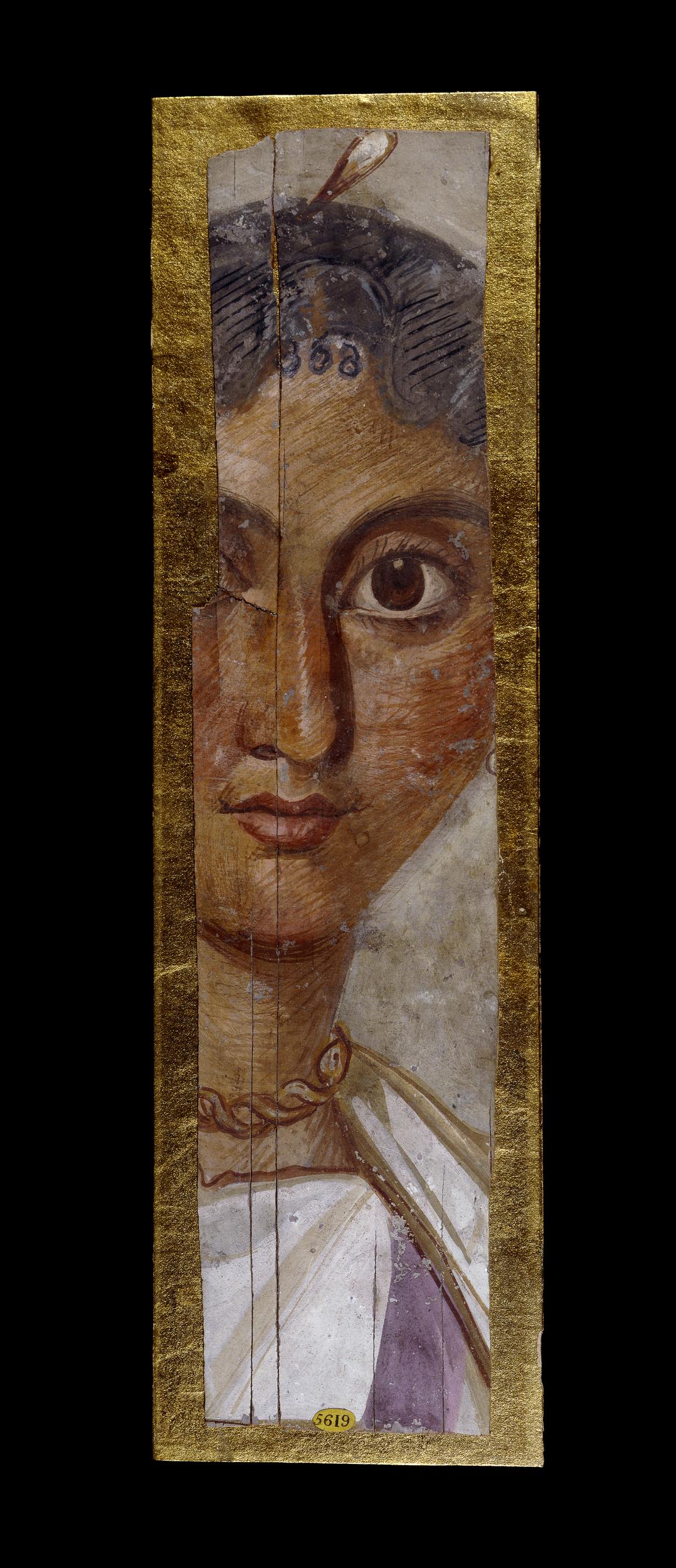Berenike: Excavations at a Red Sea maritime hub linking the Mediterranean world to the Indian Ocean
Prof. Steven Edward Sidebotham https://honorfrostfoundation.org/2021/07/02

(115-117 AD). Red arrow marks location of Berenike. [report season 2014-2015]

text are highlighted in red. Drawing by M. Hense.
Berenike functioned from the third century BCE until sometime before the mid-sixth century
“The identification of one or more buildings portions of which appeared in trench BE15-103 (west of trench BE10/11-70) in the southwestern harbor remains uncertain though it it/they may have been warehouses or work areas. The walls here were late Roman (fourth-fifth century), built of the same fossilized coral heads seen in contemporary structures elsewhere on the site. Of particular interest was the find of 40 fragments of garnets imported from India. Since garnets were exports from south Asia, these semiprecious stones are one indication of a vibrant trade with that part of the world in late Roman times, something already known from the results of excavations conducted at Berenike in earlier seasons.”

[report season 2021-2022]
The courtyard of the Isis temple
“Most excavated material from the courtyard comprised masses of large ashlars fallen from the southern courtyard wall northward into the courtyard itself. Mixed with and beneath this wall fall were sculpture and inscriptions from the 1st-4th c. AD. Most were in Greek, but one was a mid-3rd c. AD bilingual Brahmi/Sanskrit-Greek text. All were dedications, mostly to commemorate the safe return of crews and ships. Sculptural remains were made primarily of local anhydritic gypsum and included representations of Serapis, perhaps Mithras (rare in Egypt) and other fragments that could not be associated with a particular deity or individual. There was also a carved marble head of Buddha with rays emanating from it, suggesting syncretism with Apollo, Mithras/Sol Invictus or some other deity.”

likely made of carnelian. Second/first
century BC. Photo by S.E. Sidebotham
trench BE14/15-102 [report season 2014-2015]
“Carved on an oval shaped cabochon likely made of carnelian, this specimen had engraved on it a draped female figure standing left (Figure 9). She was likely a deity. The earliest levels reached in trench BE14/15-102 were late Ptolemaic/early Roman.”

[report season 2014-2015]
“the elaborate decorative features, rich dedications and prominent location of the so-called Serapis Temple made it one of the premier public buildings in early and middle Roman-era (first-early third century AD) Berenike.”

